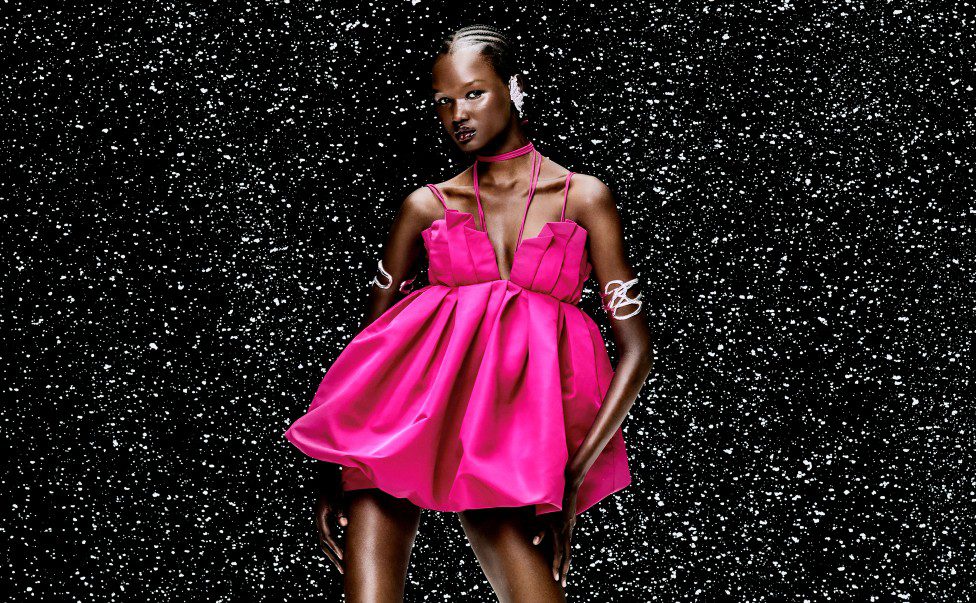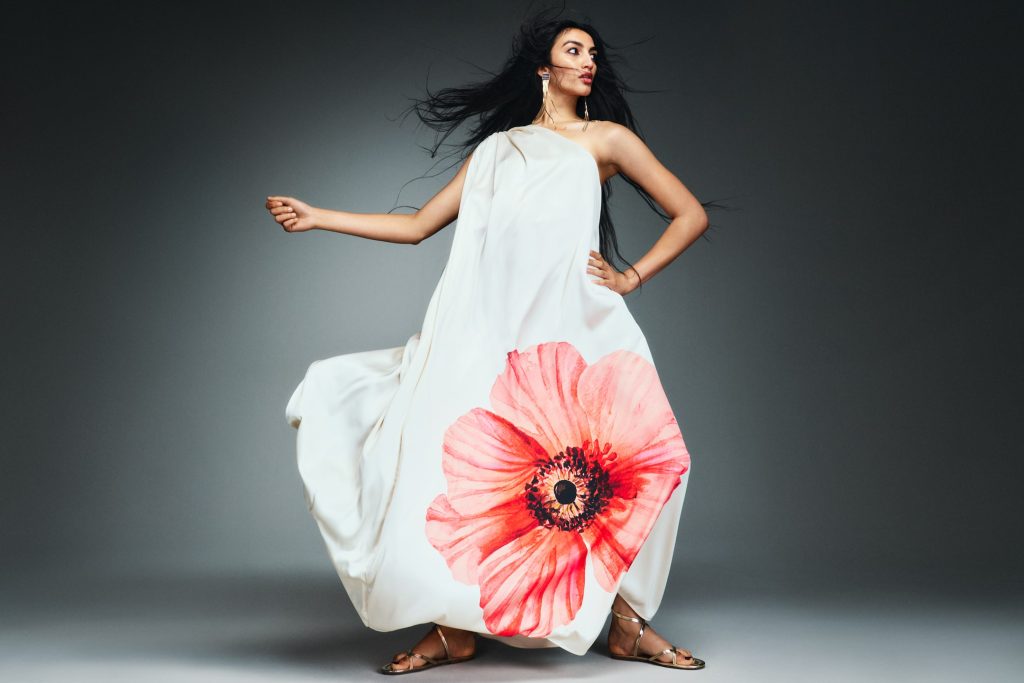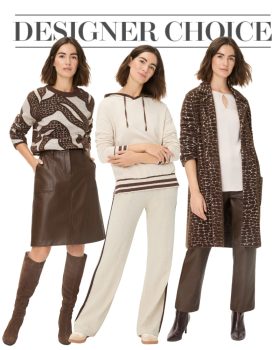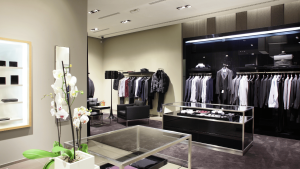H&M Group has returned to the bond market by issuing a EUR 500 million bond with a maturity of 8 years and a coupon of 3.40 percent under its EMTN (Euro Medium Term Note) programme. The bond sale comes shortly after the fast-fashion retailer’s shares surged following better-than-expected quarterly earnings.

H&M
The bond generated great interest amongst a broad international base of institutional investors. At peak the orderbook was oversubscribed more than 7 times, and the final orderbook ended at EUR 2.4 billion. This is a display of very strong investor demand.
“We are happy to see a broadening of our investor base, including several leading investors and with a strong geographical diversification. The high oversubscription of our bond clearly shows that investors appreciate the steps we are taking towards our long-term direction” says Adam Karlsson, CFO, H&M Group in a company statement.
Per BoF: ‘The retailer’s existing euro bonds are due in 2029 and 2031. Its new notes offering, which is being arranged by Banco Bilbao Vizcaya Argentaria SA, BNP Paribas SA, Citigroup Inc., Danske Bank A/S and Svenska Handelsbanken AB, will mature in 2033.’
H & M nine-month report 2025
Swedish fashion group H&M reported a substantially bigger rise than expected in third-quarter profit. Sales in local currencies increased by 2 percent in the third quarter, with 4 percent fewer stores at the end of the quarter compared with the same point in time last year. Converted into SEK, net sales amounted to SEK 57,017 million.
“The positive sales trend continued in the third quarter. Sales increased by 2 percent in local currencies during the period, while at the same time the number of stores decreased by 4 percent at the end of the quarter compared with the same point in time last year,” said CEO Daniel Ervér in an official statement. “Through a stronger customer offering, an improved gross margin and good cost control, we have strengthened operating profit compared with the same quarter last year. The increase in profit shows that we are on the right track as a result of the progress we have made in our plan.”
RELATED STORIES
H&M Uses Digital Twins In Social Media And Campaigns
H&M Brand History
H&M, originally known as Hennes & Mauritz, was founded in 1947 in Västerås, Sweden, by entrepreneur Erling Persson. The idea for the store came to Persson after a visit to the United States, where he observed the rapid growth of affordable and ready-to-wear fashion outlets. Inspired by the American retail model, Persson aimed to create a similar experience in Europe, emphasizing quality clothing at reasonable prices. The first store, called “Hennes,” which means “Hers” in Swedish, exclusively sold women’s clothing. This initial venture was well-received, and the brand quickly gained a reputation for offering stylish, accessible fashion to the everyday consumer.

H&M
In 1968, Hennes acquired the hunting and outdoor equipment retailer Mauritz Widforss, which led to the brand’s expansion into menswear and the rebranding to Hennes & Mauritz (H&M). This acquisition marked a pivotal moment in the company’s growth, positioning it as a comprehensive fashion retailer for both men and women. Over the subsequent decades, H&M expanded its presence beyond Sweden and eventually established itself as a global fashion powerhouse. By maintaining a focus on affordability, trend-driven collections, and sustainable practices, H&M has continued to evolve while staying true to Erling Persson’s original vision of democratising fashion for the masses.
The Swedish fashion brand’s international growth trajectory began taking shape in the late Sixties. Norway came first, followed by Denmark, U.K. and Switzerland. The growth pace increased even further.. with five or six new stores opening every year. In 1974 Hennes & Mauritz was listed on the Stockholm Stock Exchange. In the Eighties, new openings included the first H&M stores in Germany and Netherlands. Sale of H&M fashion moved into the customer’s homes through the acquisition of Swedish mail order company Rowells in 1980. In the Nineties traditional newspaper advertising was replaced by billboards and the famous annual Christmas underwear campaigns were launched in 1990 featuring supermodel Elle Macpherson.
Throughout the Nineties models from The Big Six – Elle Macpherson, Cindy Crawford, Naomi Campbell, Claudia Schiffer, Christy Turlington and Linda Evangelista – were hired in H&M’s campaigns. In 1998 H&M began offering online shopping and the expansion of H&M in Europe continued on a rapid scale. By the end of the decade there were H&M stores in several European countries including France, where the first H&M store opened 1998 in Paris. In 2000, a major H&M flagship store opened on Fifth Avenue in New York. The opening of the first store in the U.S. marked the start of the expansion outside Europe.
H&M and Karl Lagerfeld took the world of fashion by surprise in 2004, teaming up to show that design isn’t a question of price. Per WWD: “The chance to buy $49 blouses and $129 sequinned tuxedo jackets from one of the most famous designers on the planet not only unleashed retail pandemonium — it had a seismic effect on the entire fashion system: breaking down barriers between luxury and mass; democratising design in a new way, and foreshadowing an era of rampant collaborations, drops and pop-up concepts.” Since this first designer collaboration, fashion giants like Versace, Roberto Cavalli, Alexander Wang and Stella McCartney were invited to make their design accessible to fashion fans globally.

H&M
H&M then travelled far east, opening its first stores in Shanghai and Hong Kong in 2007. Acquisitions were key to growth. Weekday, Monki and Cheap Monday were welcomed to the H&M group through the purchase of FaBric Scandinavien AB. In 2000 Rolf Eriksen was appointed CEO following which Karl-Johan Persson took over the reins in 2009. Circa February 2013 H&M began offering patrons a voucher in exchange for used garments. Donated garments were to be processed by I:CO, a retailer that repurposes and recycles used clothing with the goal of creating a zero waste economy. In April 2014 H&M teamed with Canopy, a nonprofit, to remove endangered and ancient forests from their dissolvable pulp supply chain for their viscose and rayon fabrics.
The H&M Foundation, a nonprofit, was established in 2014 to fund projects that improve humanitarian and environmental issues within the fashion industry. One of the foundation’s projects includes the Green Machine, a recycling technology that would allow clothing to be recycled in a similar way to aluminum can recycling. In August 2015, the H&M Foundation announced that it will award the Global Change Award- a million-euro annual prize- to advance recycling technology and techniques within the fashion industry. In 2021, H&M Foundation launched a virtual clothing collection named ‘The Billion Dollar Collection’ that featured ten sustainable fashion innovation startups.
In 2022 H&M Group introduced the latest climate targets to reduce absolute greenhouse gas emissions across the value chain by 56 per cent by 2030, and by 90 per cent by 2040, and in the same year achieve net-zero. And, the newest H&M sports brand ‘H&M Move’ was launched worldwide. Today, H&M Group is present in more than 75 markets worldwide, of which almost 60 also offer online sales. And the reins is in the hands of Helena Helmersson: the first woman to pilot one of the four largest fashion groups in the world. As one of the pioneers of fast fashion, it has built a broad customer base by offering trend-driven, affordable apparel accessible to a diverse spectrum of shoppers. the widespread popularity is bolstered by its ability to quickly adapt to local fashion tastes, making it appealing to fashion-conscious customers.

Jasmeen Dugal is Associate Editor at FashionABC, contributing her insights on fashion, technology, and sustainability. She brings with herself more than two decades of editorial experience, working for national newspapers and luxury magazines in India.
Jasmeen Dugal has worked with exchange4media as a senior writer contributing articles on the country’s advertising and marketing movements, and then with Condenast India as Net Editor where she helmed Vogue India’s official website in terms of design, layout and daily content. Besides this, she is also an entrepreneur running her own luxury portal, Explosivefashion, which highlights the latest in luxury fashion and hospitality.











